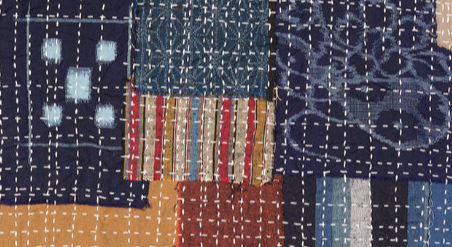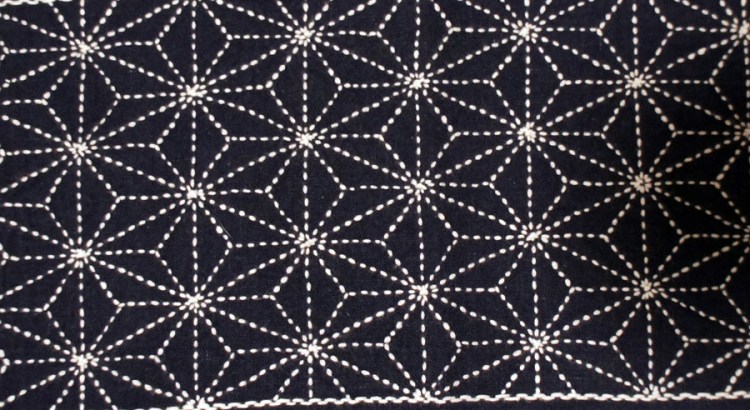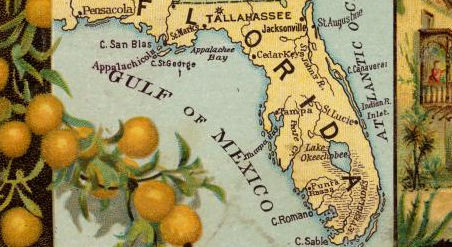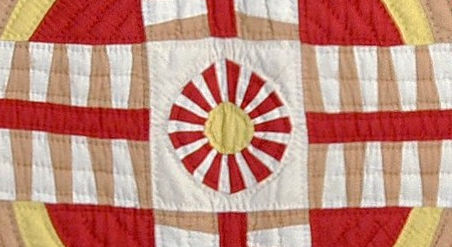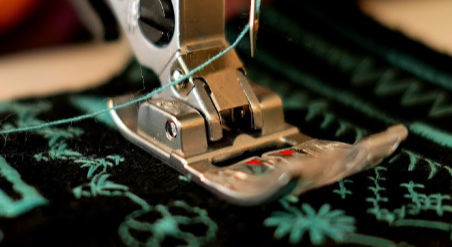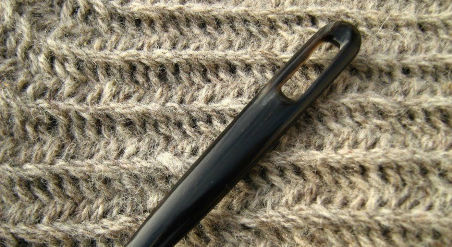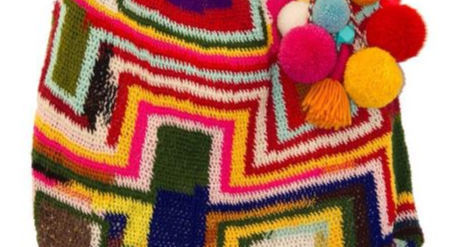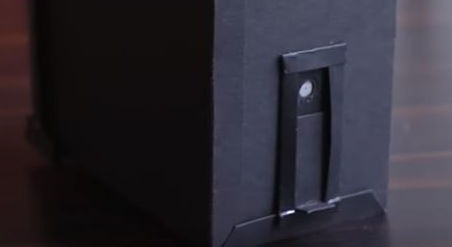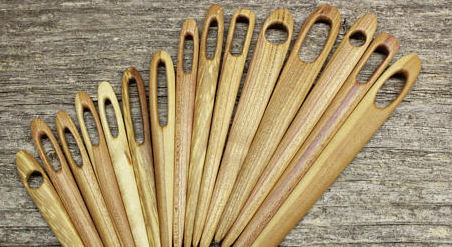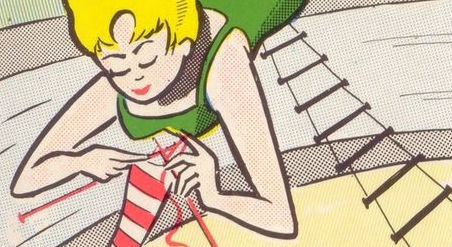Soumak Weaving
Like Kilim, Soumak is a flat woven tapestry rug-making technique. Its ancient origins are with weaving cultures in the Caucasus – from the Eastern Mediterranean and the adjacent areas of the Caucasus Mountains and Southwestern Turkmenistan.
This technique involves wrapping colored weft threads over and under the warp threads, allowing you to work on vertical, horizontal, or diagonal sections at any one time.
The earliest design traditions of Soumak weaving are believed to have been made solely for use within the community and not for export, with woven images of shamanic and other clan-based ceremonies and rituals.
Later productions of Soumak tapestry techniques came out of artists' images rather than cultural-backed representations for ceremonies and rituals, and have been used as beautifully figured practical items - such as rugs, bedding, bags, and saddle bags.
A technical description:
“The technique of making a soumak involves wrapping wefts over a certain number of warps (usually 4) before drawing them back under the last two warps. The process is repeated from selvedge to selvedge. The wefts are discontinuous; the weaver selects coloured threads in turn, and wraps each within the area which is to have that particular colour.
Unlike kilim, the back is left ragged, with all the loose ends of the differently-coloured weft threads visible, sometimes several inches long, providing extra thickness and warmth. Also unlike kilim, there are no slits where colours meet, as there is a supplementary or structural weft which supports the coloured pattern weft.
Some late Soumaks made by the Kurds are however "weftless", lacking the structural weft support, and the stitches naturally overlap… Soumak is a type of flat weave, somewhat resembling but stronger and thicker than kilim, with a smooth front face and a ragged back, where kilim is smooth both sides. Soumak lacks the slits characteristic of kilim, as it is usually woven with supplementary weft threads as continuous supports.” Soumak Wikipedia
Below are two videos showing the weaving technique. The first is a beginner’s Soumak Weaving How-To video by Patricia Cantos.
The second is a video from London’s Barbican Centre, featuring tapestry weaver Christabel Balfour. While watching Christabel weaving, we can see the possibilities she has in which direction to weave, emphasizing the freedom you get while working with this technique. (Please note: the music is a bit loud over Christabel’s dialog.)
You can read more about slit tapestry weaving via the Weaving Art Museum.
· Don't miss: American Crafts, Crafting Resources, Jacquard Weaving, and Tapestry Weaving.
POPULAR POSTS
Follow a tutorial for making a patchworked bag with Sashiko topstitching. | Follow tutorials for how to create traditional Japanese embroidery stitching. | Explore a library's digitized vintage maps, which you can download for free. | Learn from a museum textile curator how to best care for your quilts. |
Learn to make a basket weave pattern quilt from scraps of fabric. | Sisters Lorna and Jill Watt create amazing yarn bomb installations . | Ceramic artists create fantastical structures using magnetic clay. | Learn about a Viking fabric-making technique which pre-dates knitting. |
Follow a tutorial for making a bilum bag - PNG's traditional fabric. | Learn to make a pinhole camera; develop paper film with common items. | Learn about a stretchy fabric made with connected loops. | Free digitized knitting magazines 1800 - now. |
